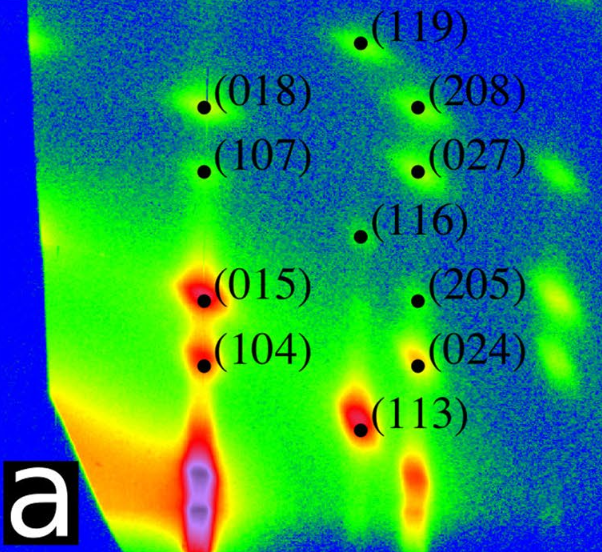Superlattice growth and rearrangement during evaporation-induced nanoparticle self-assembly
Understanding the assembly of nanoparticles into superlattices with well-defined morphology and structure is technologically important but challenging as it requires novel combinations of in-situ methods with suitable spatial and temporal resolution. In this study, we have followed evaporation-induced assembly during drop casting of superparamagnetic, oleate-capped γ-Fe2O3 nanospheres dispersed in toluene in real time with Grazing Incidence Small Angle X-ray Scattering (GISAXS) in combination with droplet height measurements and direct observation of the dispersion. The scattering data was evaluated with a novel method that yielded time-dependent information of the relative ratio of ordered (coherent) and disordered particles (incoherent scattering intensities), superlattice tilt angles, lattice constants, and lattice constant distributions. We find that the onset of superlattice growth in the drying drop is associated with the movement of a drying front across the surface of the droplet. We couple the rapid formation of large, highly ordered superlattices to the capillary-induced fluid flow. Further evaporation of interstitital solvent results in a slow contraction of the superlattice. The distribution of lattice parameters and tilt angles was significantly larger for superlattices prepared by fast evaporation compared to slow evaporation of the solvent.
